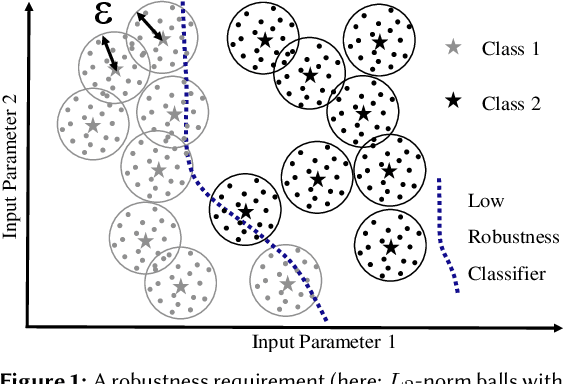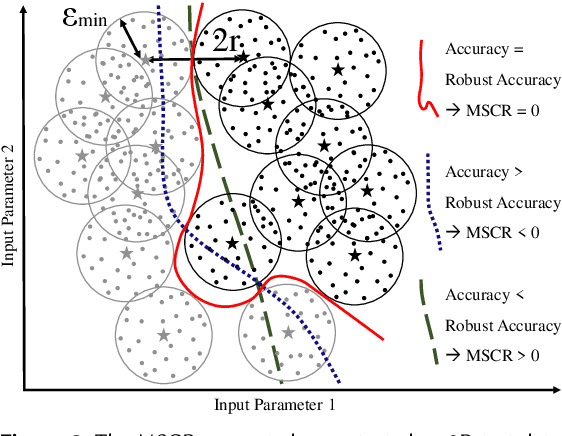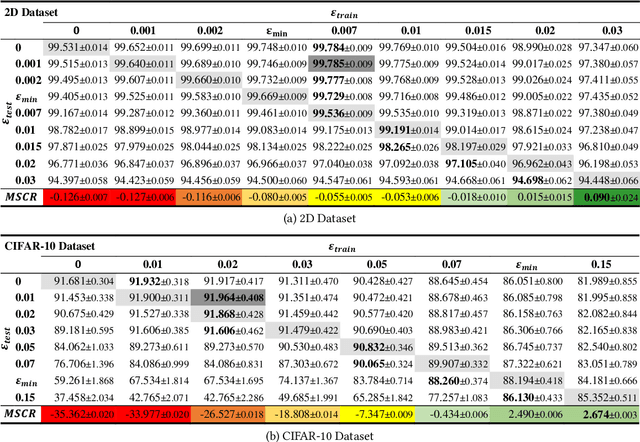Silvia Vock
Dynamic Risk Assessment for Human-Robot Collaboration Using a Heuristics-based Approach
Mar 11, 2025Abstract:Human-robot collaboration (HRC) introduces significant safety challenges, particularly in protecting human operators working alongside collaborative robots (cobots). While current ISO standards emphasize risk assessment and hazard identification, these procedures are often insufficient for addressing the complexity of HRC environments, which involve numerous design factors and dynamic interactions. This publication presents a method for objective hazard analysis to support Dynamic Risk Assessment, extending beyond reliance on expert knowledge. The approach monitors scene parameters, such as the distance between human body parts and the cobot, as well as the cobot`s Cartesian velocity. Additionally, an anthropocentric parameter focusing on the orientation of the human head within the collaborative workspace is introduced. These parameters are transformed into hazard indicators using non-linear heuristic functions. The hazard indicators are then aggregated to estimate the total hazard level of a given scenario. The proposed method is evaluated using an industrial dataset that depicts various interactions between a human operator and a cobot.
Investigating the Corruption Robustness of Image Classifiers with Random Lp-norm Corruptions
May 09, 2023Abstract:Robustness is a fundamental property of machine learning classifiers to achieve safety and reliability. In the fields of adversarial robustness and formal robustness verification of image classification models, robustness is commonly defined as the stability to all input variations within an Lp-norm distance. However, robustness to random corruptions is usually improved and evaluated using variations observed in the real-world, while mathematically defined Lp-norm corruptions are rarely considered. This study investigates the use of random Lp-norm corruptions to augment the training and test data of image classifiers. We adapt an approach from the field of adversarial robustness to assess the model robustness to imperceptible random corruptions. We empirically and theoretically investigate whether robustness is transferable across different Lp-norms and derive conclusions on which Lp-norm corruptions a model should be trained and evaluated on. We find that training data augmentation with L0-norm corruptions improves corruption robustness while maintaining accuracy compared to standard training and when applied on top of selected state-of-the-art data augmentation techniques.
Utilizing Class Separation Distance for the Evaluation of Corruption Robustness of Machine Learning Classifiers
Jun 27, 2022



Abstract:Robustness is a fundamental pillar of Machine Learning (ML) classifiers, substantially determining their reliability. Methods for assessing classifier robustness are therefore essential. In this work, we address the challenge of evaluating corruption robustness in a way that allows comparability and interpretability on a given dataset. We propose a test data augmentation method that uses a robustness distance $\epsilon$ derived from the datasets minimal class separation distance. The resulting MSCR (mean statistical corruption robustness) metric allows a dataset-specific comparison of different classifiers with respect to their corruption robustness. The MSCR value is interpretable, as it represents the classifiers avoidable loss of accuracy due to statistical corruptions. On 2D and image data, we show that the metric reflects different levels of classifier robustness. Furthermore, we observe unexpected optima in classifiers robust accuracy through training and testing classifiers with different levels of noise. While researchers have frequently reported on a significant tradeoff on accuracy when training robust models, we strengthen the view that a tradeoff between accuracy and corruption robustness is not inherent. Our results indicate that robustness training through simple data augmentation can already slightly improve accuracy.
 Add to Chrome
Add to Chrome Add to Firefox
Add to Firefox Add to Edge
Add to Edge